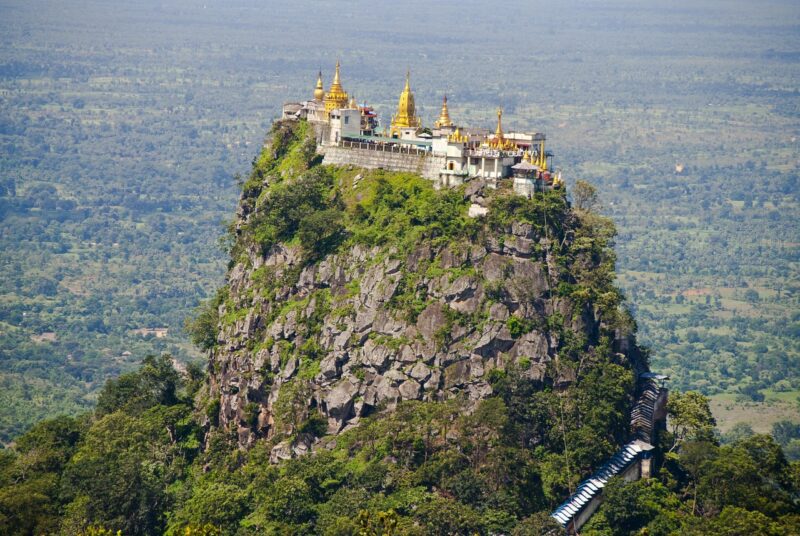
Lab member Aditya Kiran Kakati, an early postdoctoral mobility fellow at the University of Amsterdam and SOAS, University of London, has published a new article titled “Evading and Inviting States in ‘No-Man’s-Lands’: Headhunters in Zomia’s Blank Spaces (1944-1964)” in the journal Modern Asian Studies.
This deeply historical and interdisciplinary article challenges conventional narratives of post-war state-building in Asia’s highland frontiers. Focusing on the Indo-Burmese borderlands between 1944 and 1964, Aditya uses the ‘Zomia’ heuristic to explore how trans-border Naga communities, often residing in so-called “No-Man’s-Lands,” neither wholly rejected state presence nor attracted uniform state-building attention.
Instead, these communities strategically negotiated state contact, often through the symbolic and real deployment of violence, such as headhunting, as a mode of communication and boundary-making. The article complicates assumptions about primitive resistance, showing how sovereignty in these “blank spaces” was continually co-produced through spatial histories, mimetic violence, and developmental exclusion.
Blending historical methods with anthropological and political geography approaches, this paper sheds light on how violence in marginal spaces shaped colonial frontiers and postcolonial nation-building alike. It exposes the uneven and often coercive logics behind territorial enclosures, democratic exclusions, and contemporary border claims.
Explore the article here (open access).